The prototype. With more than 2,200 units built by General Motors Electro-Motive Division between 1972 and 1986, the GP38-2 is one of the most popular second-generation diesel locomotives. Part of EMD’s Dash 2 product line, the locomotive features a 2,000 horsepower, 16-cylinder 645 diesel engine and several internal upgrades from its GP38 predecessor. Railroads also added many custom specifications to their GP38-2
orders, including dynamic brakes, high short hoods, and even steam generators.
Aside from hauling freight trains, GP38-2 diesels have been used in yard, hump, helper, and even commuter service. Most of the locomotives are still in service today.
The SP version features the correct later 88″ short hood (earlier production GP38-2s had 81″ short hoods), L-shaped engineer’s window, and later louvered grills over the cooling air inlets. The CN version has the correct “chicken wire” grills and represents one of 51 GP38-2(W)s built with a wide safety cab.
Both models also bristle with separate details. These include handrails, grab irons, uncoupling levers, and m.u. hoses. Separate parts on the SP unit include a Nathan P-3 air horn and radio antenna with ground platform. The CN version has a Sinclair “ice skate” antenna, Nathan K-3 air horn, and a bell mounted between the front number boards.
The detail parts look great, but they are delicate. Modelers should avoid excessive handling and be especially careful when removing the body shell. Even though I used a foam locomotive cradle, both cab sunshades on our SP sample fell off when I turned it upside down. I used cyanoacrylate adhesive (CA) to reattach the parts. An included engineering diagram shows where everything goes.
The cab interior is detailed with seats and control panels, but no figures. The disassembly instructions state that the cab roof is removable, but this is incorrect, as the roof is part of the cab. Modelers will need to remove the body shell to access the cab interior.
The paint on both of our samples is smoothly applied with clearly printed graphics. Athearn did a great job accurately placing warning and maintenance stencils, including the fire extinguisher logos on the CN model. The ownership stencil on the SP model is legible under magnification. Both models have EMD builder’s plates printed along the sill under each side of the cab.
In addition to the roads listed, Athearn has announced plans to produce Burlington Northern, Milwaukee Road, Norfolk Southern, and Rock Island versions.
Mechanism. After removing the coupler boxes, I lifted off the locomotive body shell. The dual-flywheel-equipped motor rests in the center of the die-cast metal frame. A die-cast metal weight is attached to each end of the frame.
The printed-circuit (PC) board and DCC decoder are attached to the top of the motor. The speaker is mounted on top of the rear weight. Wires run from the PC board to the headlight assemblies in each end of the body shell.
All of the wires are connected to the PC board with plastic connectors, which can become loose over time. Modelers may choose to solder the wires to the board for more permanent connections.
After setting the DCC decoder to 128 speed steps the model crept along at 1 scale mph. The decoder has many other features for fine-tuning the locomotive’s performance, including pre-set and custom speed tables. An extensive manual is available at www.athearn.com/dcc.
The locomotive has a drawbar pull equivalent to 22 HO scale freight cars on straight and level track. The GP38-2 also hauled a 10-car train up a 3 percent grade on our Milwaukee, Racine & Troy club layout without slipping or stalling.
The model rolled smoothly along the code 83 rails and negotiated a yard ladder of no. 6 turnouts without the sand lines snagging on turnouts or any other difficulties. The GP38-2 also ran easily around an 18″ radius curve.
Sound and lights. After putting the locomotive on the rails, I turned on the track power and heard the rumble of the 645 diesel. Using a DCC system, the rpm can be fine tuned in relation to speed steps, or set for manual notching.
Several sound effects can be triggered by a DCC throttle, including the bell, coupler crash, dynamic brake fan (on the SP version), and both a short and long horn blast. Both the CN and SP versions had the same default 3-chime horn, which sounded correct to my ears. For those that disagree, there are five additional horn sounds to choose from.
The volume of individual sound effects can be adjusted, and there’s a built-in equalizer. I found the detailed instructions given in the free online manuals very helpful for understanding and experimenting with the various sound options.
Running on DC, the engine rpm increased as I advanced the throttle. The bell came on when the locomotive moved at under 5 scale mph, and the horn blew a grade crossing signal whenever I flipped the direction switch. These effects can be shut off or changed, but to do so requires a DCC system.
Microbulbs rather than light-emitting diodes (LEDs) are used for the model’s lighting effects, and provide a realistic yellow glow. The headlights operate automatically according to the model’s direction on both DC and DCC layouts.
The prototype-specific lighting effects include directional front and rear Gyra-lights on the SP version, and ditch lights on the CN version. In DCC these lighting effects can be turned on independently using function 5. A red warning light on the SP version and the classification lights on the CN version are included as nonfunctioning detail parts.
Athearn really did its homework when making these highly accurate GP38-2s. The SoundTraxx decoder makes them sound as good as they look.
Manufacturer
Athearn Trains
2883 E. Spring St., Ste. 100
Long Beach, CA 90806
www.athearn.com
Era: 1972 to present
Road names (multiple road numbers): Southern Pacific, Canadian National, Missouri Pacific, Southern Ry.
Features
- All-wheel drive and electrical pickup
- DCC Quick Plug on DC version
- Flywheel-equipped 5-pole skew-wound motor
- McHenry knuckle couplers at correct height
- Dual-mode SoundTraxx Digital Command Control sound decoder (DCC version)
- Weight: 13.9 ounces





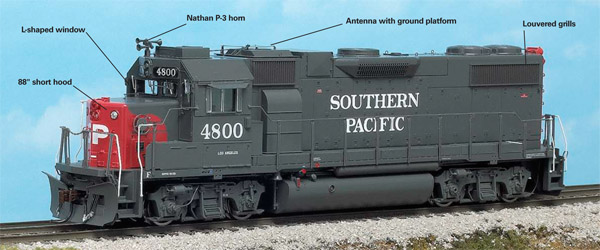

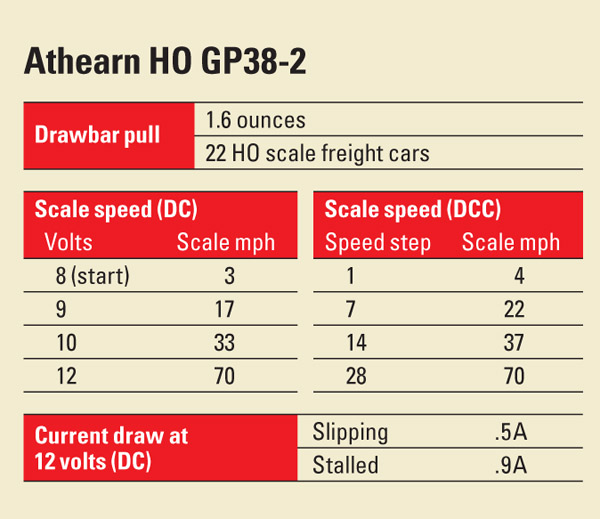

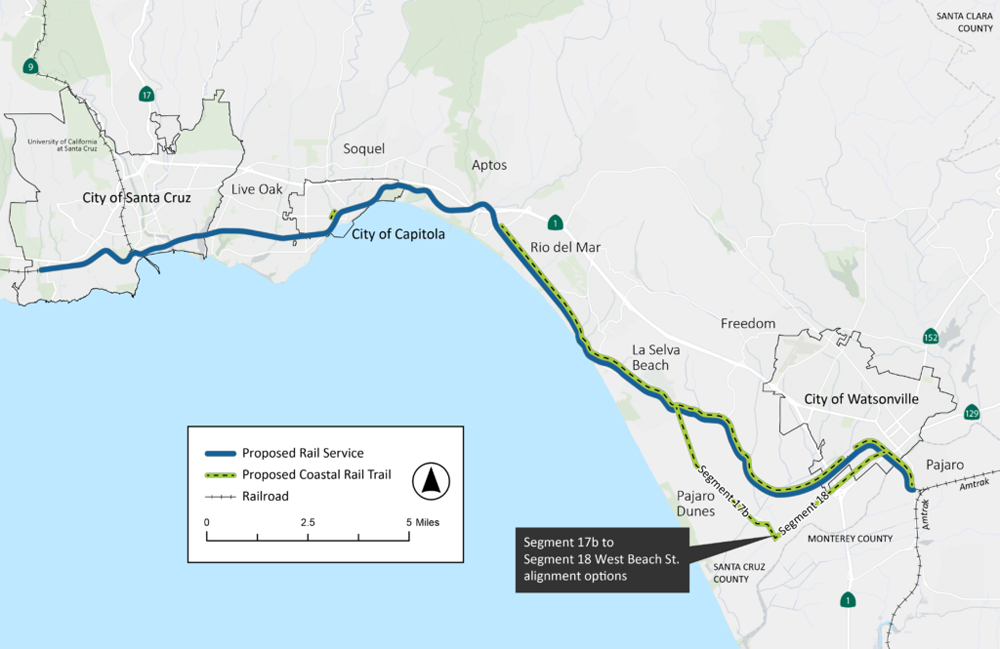
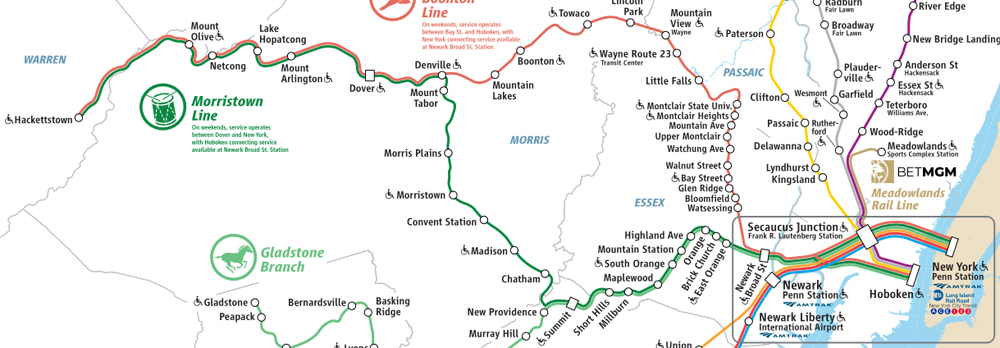
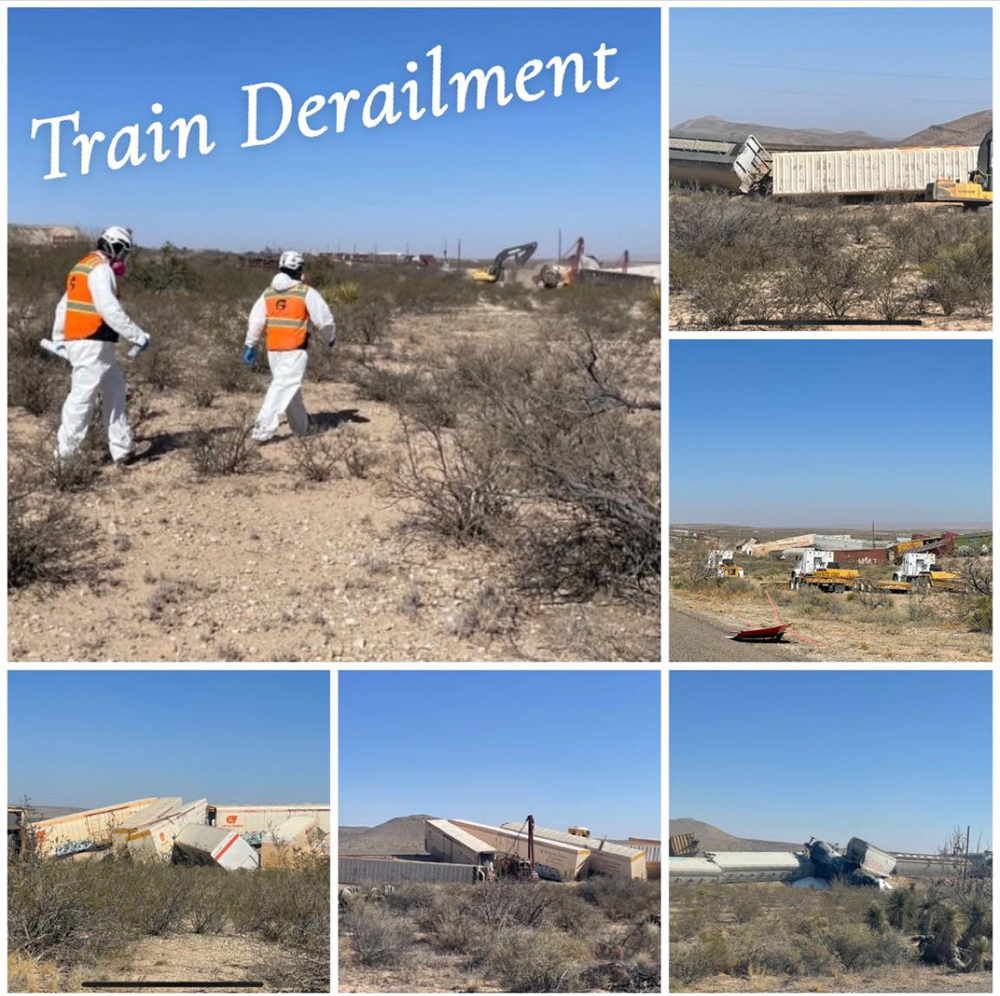
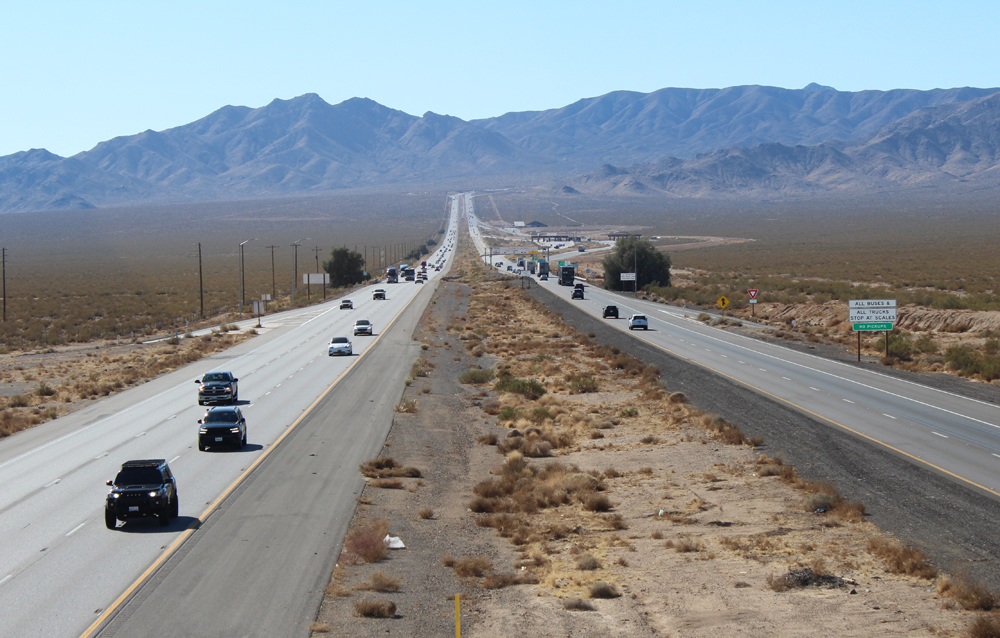




Bought the SP 4800&4837 and after having those for a couple of days went ahead and bought the other 2 SP. These are great looking and running engines, now if they would just make a genesis SP SD40, I'd just be in heaven.
I was surprised at the low drawbar pull of only 1.6 oz. I normally expect an HO B-B diesel to pull at least 2.5 or 3 oz. Possible cause is the need to reduce weight to allow space for a sound decoder and speaker. But the Atlas RS-11 (also reviewed) had a pull of 2.0 oz with less weight. And the Walthers RDC pulled 2 oz with only one truck powered. Aside from this, Athearn has created a great model.
My CN version recently , Carol and I ran it up on the test track with great results! No joke this thing is beautiful, Athearn / Horizon continue to wow us with their attention to detail. I can still recall how happy I was when Erv originally released his 1980's version of this much needed roster addition, and if you need a refresher on just how far this hobby has come in the realism division, take your original GP38-2 off the shelf and put them side by side, ha! Now, if we could just get the boys and girls at Horizon to release an SDP40F, or an H16-66 for us!
Keep up the awesome work guys.
I got the Southern Railway Scheme and tested out of my layout and it ran very well, when I looked at prototype photos of it before the retrofit it looked identical and it even had the Southern sun shades that most models don't have. The only problem that I had was a M.U. cable fell off, but it was easily fixable and I think it is one of the best models Athearn Genesis has made!, and I'm picky on my models
I got mine in Southern Railway, with the high hoods, beautiful engines, only thing you really have to do is put Kadee couplers on and then enjoy. Athearn has also announced for the Southern Railway addicts, Genesis GP-50s with the high hood
Would have been nice to add a short video with sound, eh? Nice looking unit, I would go with SP!
It is so nice to see some manufacurers paying attention to CN now with dedicated locos and correct cabs.
Mine arrives tomorrow and I expect it'll put to shame all the undecorated diesels that I've tried to SP-ize.
What a great locomotive. I have to tell you my favorite has to be the Cotton Belt/ Southern Pacific SD45T-2. The paint scheme is undeniable. The scarlet red on Grey and the white numerals set this type from the rest
I want a BNSF roadname version.
I hope that Athearn will hurry up and have my two BN GP 38-2's that I ordered available soon. However, I'm very tempted to get one of the SP's as well, now that you've given this review. All with sound of course!
These Genesis models are emphatically not the same as the less detailed and less expensive "blue box" HO GP38-2's that Athearn first made years ago.